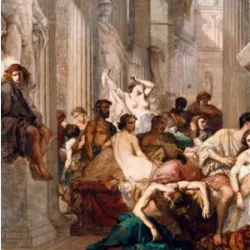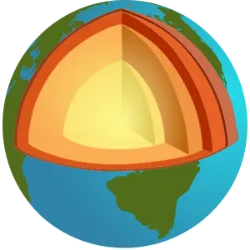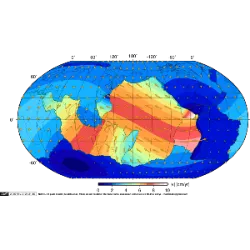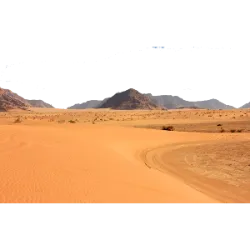Transitional fossils

Transitional fossils are a series of finds that help in understanding the evolution of certain animals. For example, bird fossils show how a group of dinosaurs gradually acquired features such as hollow bones and feathers. Turtles are an example of an animal whose origin is enigmatic, but which can be understood by transitional fossils. The ancestor of turtles had broad ribs but lacked the shell that is so characteristic of this species. Pappochelys already had the belly ribs, the gastralia, which would serve to form the plastron. Odontochelys already had a plastron, but with teeth, a feature that does not exist in modern turtles. The carapace, which is the part of the shell that is on the back of turtles, appeared in Proganochelys, 214 million years ago. These findings show how species slowly evolve to become the ones we know.
Did you know??
Brabo
- by Matheu_50SUK5, Brasil
e la vamos nos ahdjashjdha
- by ninaca_50ML2F, Brasil
e la vamos nos
- by ninaca_50ML2F, Brasil
Teste
- by ninaca_50ML2F, Brasil










